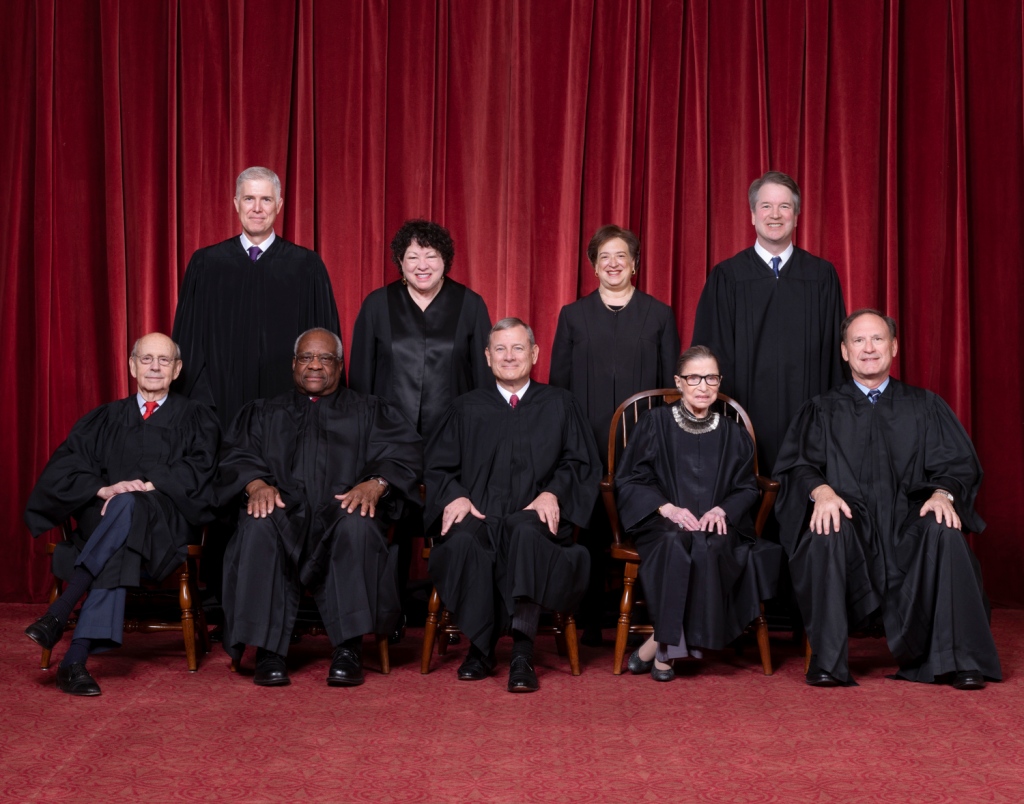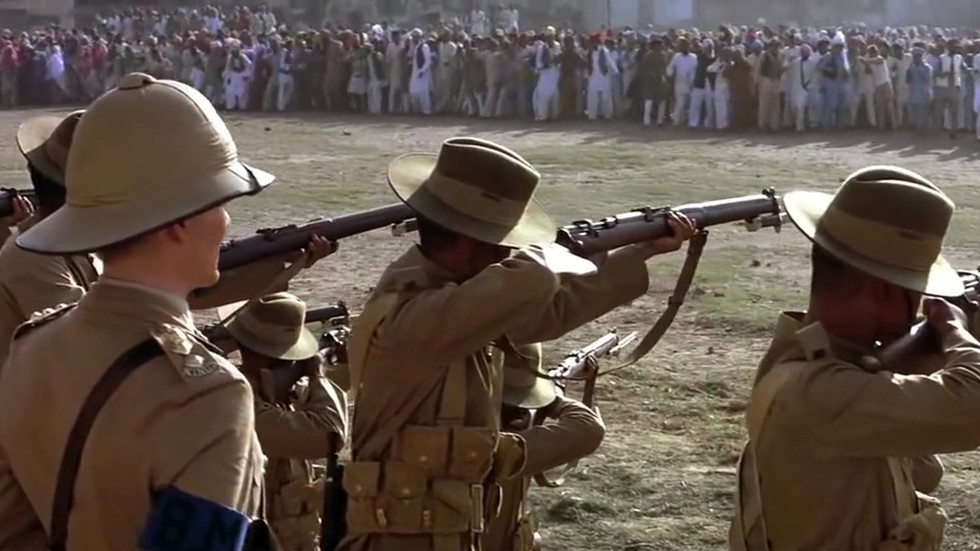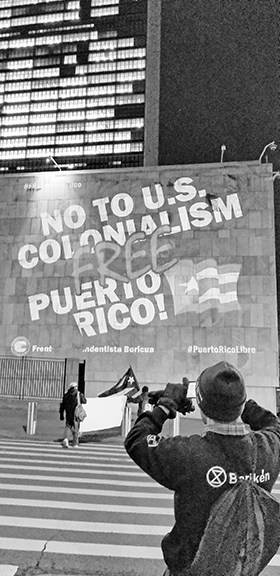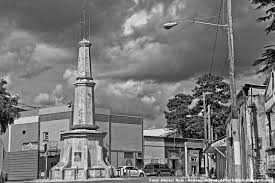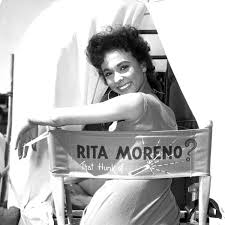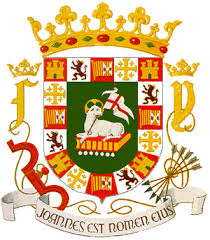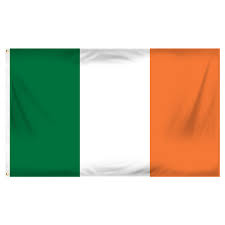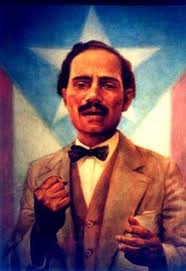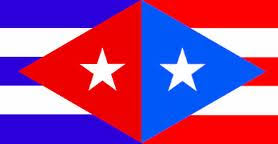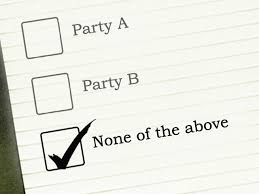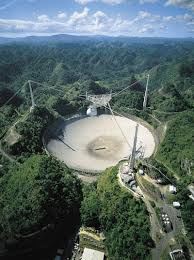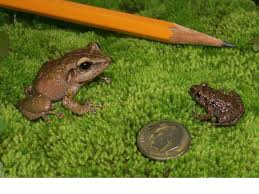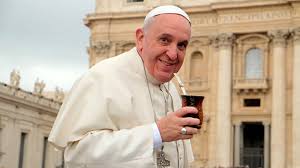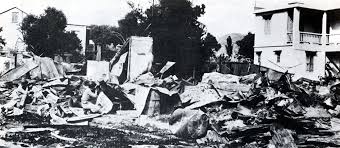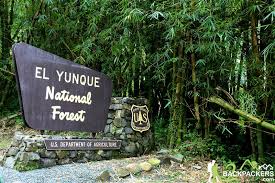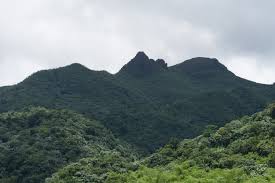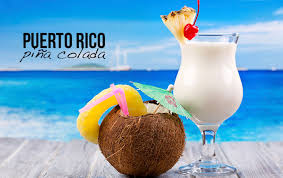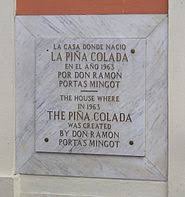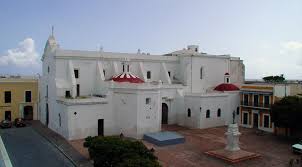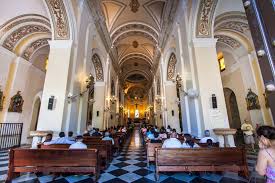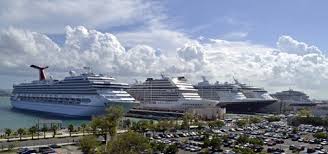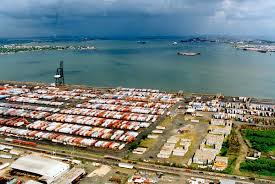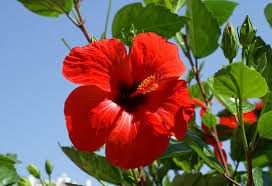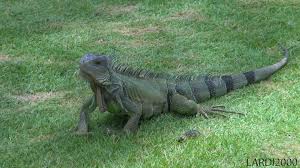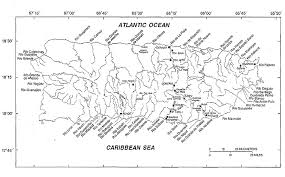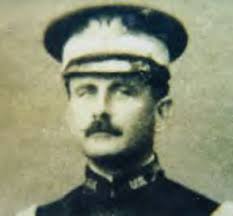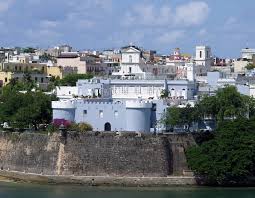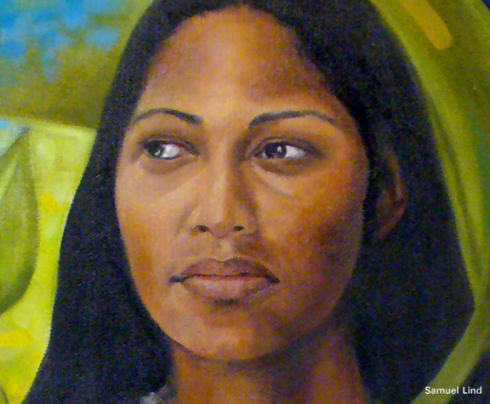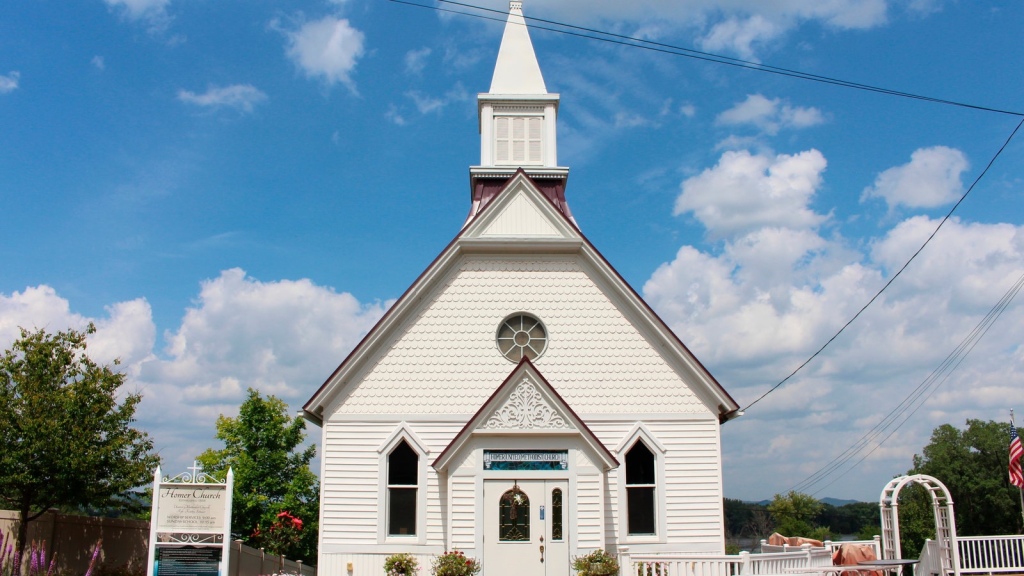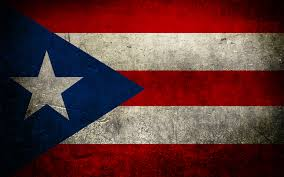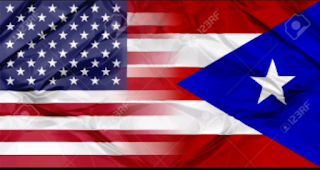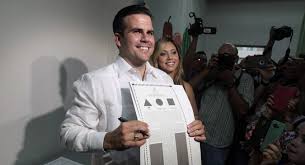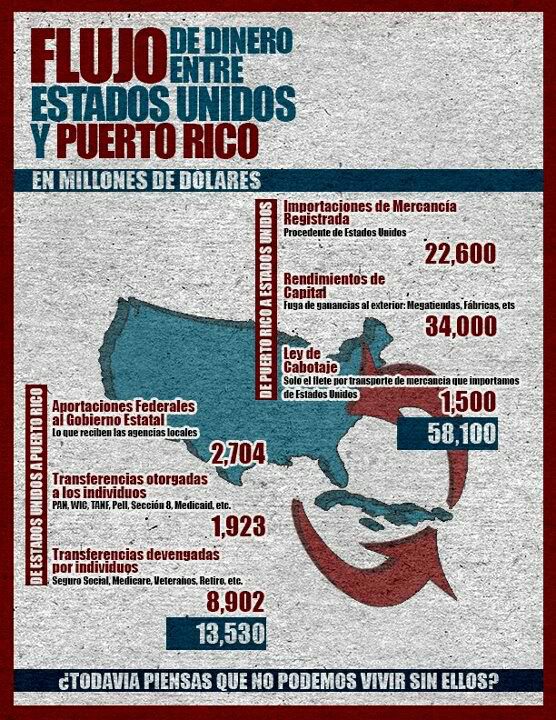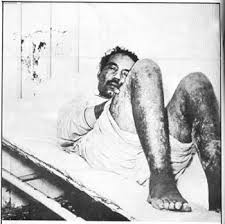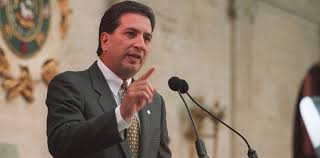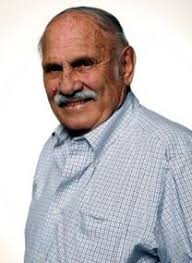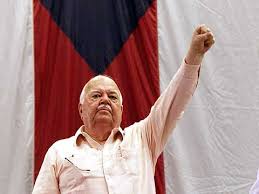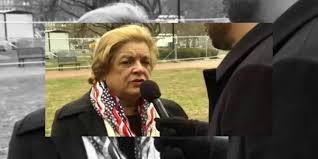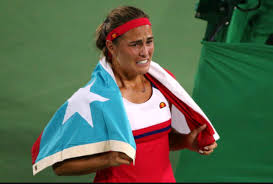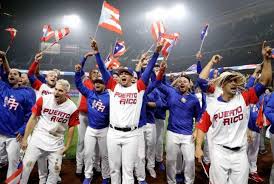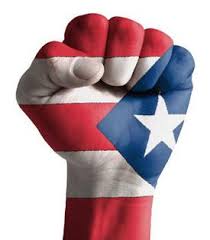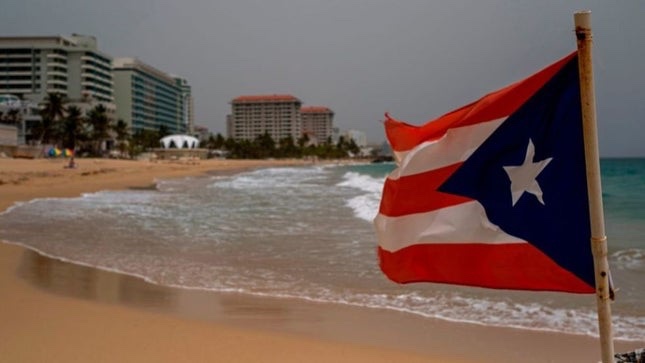
For Puerto Ricans who support self-determination, it is truly mind-blowing that some Democrats have the audacity to offer statehood as a solution on the question of Puerto Rico’s political status. At a time when Congress cannot come to grips with its responsibility to decolonize Puerto Rico – let alone guarantee a process of negotiation – support for statehood becomes suspicious at best, seeming way too much like political opportunism. The disconnect between the Puerto Rican reality and pro-statehood declarations is dismaying.
Ill-informed support for statehood is based on several myths:
Puerto Ricans are Americans: False. The Puerto Rican national identity remains an ethnic identification of peoples without a national citizenship of their own who live in a territory they call “their country.” This does not obscure the reality that Puerto Rico constitutes a nation, which has had a colonial relation with the United States since 1898. Ambiguities were created by Public Law 600and by the portrayal in 1953 at the United Nations of the Commonwealth as “a compact” between both nations. As the Harvard Law Review clearly stated in 2017: “Puerto Rico’s heart is not American. It is Puerto Rican.”
Puerto Ricans in the U.S. have struggled for civil rights, but the political, societal and constitutional reality of Puerto Rico is altogether another issue. You cannot erase a nationhood by overlooking its existence and assume that “Puerto Ricans are Americans.” Such statements constitute a classic strategy of assimilation that negates Puerto Rico’s right to exist.
Most Puerto Ricans support statehood: False. Puerto Ricans have rejected statehood in five plebiscites held since 1968. The 2017 plebiscite was boycotted by all anti-statehood Puerto Rican parties, resulting in statehood receiving 97 percent support, with only 23 percent of registered voters’ participation. The 2012 plebiscite, so far the only one held the same day as local elections, was boycotted by one of the major political parties, resulting in an avalanche of blank votes, pro-independence and pro-Free Association, which outnumbered pro-statehood votes. Statehood persistently has lost support since the 1993 plebiscite (788,296 votes in 1993; 728,157 votes in 1998; 834,191 in 2012, and 502,801 in 2017).
While in power, pro-statehood administrations have corrupted the Puerto Rican government to the point of its collapse, making this faction incapable of leading any future political project. In summer 2019, the pro-statehood governor Ricardo Rossello was ousted.
Civil rights in the U.S. are not being addressed by making Puerto Rico a state. As an unincorporated territory, Puerto Rico has a different constitutional reality, and its urgency is not related to civil rights but rather to our human right to decolonization. Since 1998, the only political option gaining support is Free Association, a negotiated compact in which both countries become freely associated.
Puerto Rico is not a country: False. The Foraker Act, the first law passed in Congress concerning Puerto Rico, stated that Puerto Ricans “shall be deemed and held to be citizens of Porto (sic) Rico.” Fifty years later, Public Law 600 recognized Puerto Ricans as “peoples.” In 1953, in a push to get international recognition for the Commonwealth as a pact between the U.S. and Puerto Rico “forming a political association, which respects the individuality and the cultural characteristics of Puerto Rico [and] maintains the spiritual bonds between Puerto Rico and Latin America,” the United States pursued Resolution 748 at the U.N. General Assembly, allowing the U.S. to cease delivering annual reports on Puerto Rico’s colonial status. Our nationhood has withstood all attempts to be assimilated. Puerto Ricans refer to Puerto Rico as “el País” (the country). Puerto Ricans are a nation, and its people are in Puerto Rico and in its global diaspora. We are not American expats living in Puerto Rico. Puerto Rico is a domestic issue: Partially true. Puerto Rico is a domestic issue as much as it is an international issue. The U.S. took over Puerto Rico through invasion, bilateral negotiation, and a peace protocol, normalizing the relationship through Supreme Court decisions known as the Insular Cases. The U.S. scored a diplomatic victory with U.N. approval of Resolution 748. Even though Puerto Ricans at the time already were U.S. citizens, and even if the country’s political fate was thought to have been sealed, Puerto Rico today again faces the important issue of sovereignty.
Furthermore, the persistent federal mismanagement of the humanitarian crisis following the 2017 hurricanes will continue to be an international issue, as economic, political and social conditions deteriorate. Puerto Rico is a pending international issue with multilateral repercussions.
Puerto Rico has no option but statehood: False. Puerto Rico’s status question can be resolved with strong bipartisan commitment. Inspired by its anti-colonial foundational spirit, guided by its experience with the freely associated republics in the Pacific, and in compliance with international law, the United States has available political options that Puerto Ricans would be ready to discuss. In fact, many Puerto Rican professionals agree that negotiating a compact of Free Association with the United States is the correct mechanism for finding a reasonable political solution to this issue.
Congress will serve the cause of Puerto Rico and the United States by understanding and accepting that Puerto Rico needs decolonization, through a process of dialogue and negotiation. Statehood goes against U.S. political and economic interests, and actually never has been on the negotiating table. Sovereignty serves the interests of both countries, and currently is Puerto Rico’s only feasible solution for decolonization and economic development.

